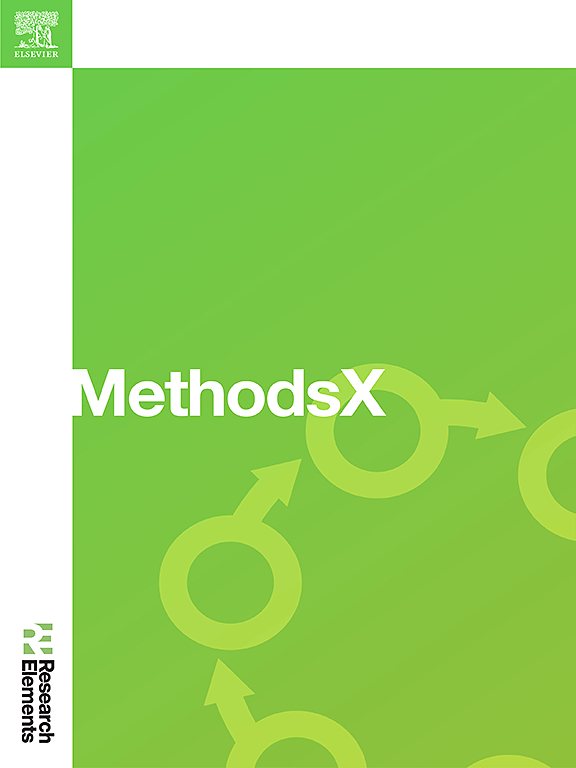集成深度学习用于心血管风险评估和诊断:一种进化匹配算法增强的CNN-LSTM
IF 1.6
Q2 MULTIDISCIPLINARY SCIENCES
引用次数: 0
摘要
心血管疾病(CVD)仍然是世界范围内死亡的主要原因,强调迫切需要准确和有效的预测模型。本研究提出了一种基于卷积神经网络-长短期记忆(CNN-LSTM)混合模型的双输出深度学习模型,并使用进化配对算法(EMA)进行优化。该模型预测了连续风险评分和二元诊断结果,支持定量评估和早期临床决策。EMA应用于超参数优化,证明了优于传统方法的收敛性和泛化性。通过粒子群优化(PSO)和藤壶配对优化(BMO)对CNN-LSTM模型进行性能测试。基于ema的模型预测风险的平均绝对误差(MAE)为0.018,均方误差(MSE)为0.0006,均方根误差(RMSE)为0.024,决定系数(R²)为0.98。对于诊断任务,该模型的准确率达到70%,精密度达到80%。这些发现验证了EMA在调整双输出深度学习模型方面的有效性,并强调了其在增强心血管风险分层和临床早期诊断方面的潜力。•使用EMA优化的双输出CNN-LSTM模型。•持续风险评分和二元诊断分类预测。•EMA在预测准确性和模型稳健性方面优于PSO和BMO。本文章由计算机程序翻译,如有差异,请以英文原文为准。

Integrated deep learning for cardiovascular risk assessment and diagnosis: An evolutionary mating algorithm-enhanced CNN-LSTM
Cardiovascular diseases (CVD) remain the leading cause of mortality worldwide, emphasizing the urgent need for accurate and efficient predictive models. This study proposes a dual-output deep learning model based on a hybrid Convolutional Neural Network–Long Short-Term Memory (CNN-LSTM) model, optimized using the Evolutionary Mating Algorithm (EMA). The model predicts both a continuous risk score and a binary diagnostic outcome, supporting both quantitative assessment and early clinical decision-making. EMA was applied for hyperparameter optimization, demonstrating improved convergence and generalization over conventional methods. Performance was benchmarked against CNN-LSTM models optimized using Particle Swarm Optimization (PSO) and Barnacle Mating Optimization (BMO). The EMA-based model achieved superior results, with a Mean Absolute Error (MAE) of 0.018, Mean Squared Error (MSE) of 0.0006, Root Mean Squared Error (RMSE) of 0.024, and a coefficient of determination (R²) of 0.98 for risk prediction. For the diagnostic task, the model attained 70 % accuracy and 80 % precision. These findings validate EMA’s effectiveness in tuning dual-output deep learning models and highlight its potential in enhancing cardiovascular risk stratification and early diagnosis in clinical settings.
- •Dual-output CNN-LSTM model optimized using EMA.
- •Continuous risk scores and binary diagnostic classification predictions.
- •EMA outperformed PSO and BMO in predictive accuracy and model robustness.
求助全文
通过发布文献求助,成功后即可免费获取论文全文。
去求助
来源期刊

MethodsX
Health Professions-Medical Laboratory Technology
CiteScore
3.60
自引率
5.30%
发文量
314
审稿时长
7 weeks
期刊介绍:
 求助内容:
求助内容: 应助结果提醒方式:
应助结果提醒方式:


